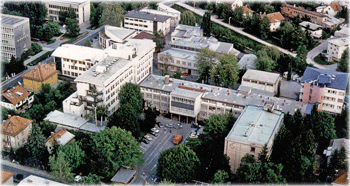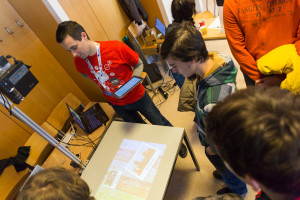Jože Guna, Emilija Stojmenova, Matevž Pogačnik
Abstract
We present the importance and key aspects of the User Experience, Usability and User/Human Centered Design paradigms and approaches. Furthermore, real-life examples are given to illustrate the practical use of these approaches.
There are many definitions of the “user experience”, however the common ground to all is the idea, that the focus should be on the user and his/her needs, wishes and expectations, rather than exclusively on the product or service itself. The main goal is that the product or service in question should not only be functional or usable but also easy, intuitive and fun to use and explore. This is closely connected with the term of “cognitive flow”.
The definition from The User Experience Professionals Association states the user experience as follows: “User experience (UX) is an approach to product development that incorporates direct user feedback throughout the development cycle (human-centered design) in order to reduce costs and create products and tools that meet user needs and have a high level of usability (are easy to use).” This definition emphasizes the users’ role in the process through the User/Human Centered design philosophy. It defines the whole product or service design and development process as a continuous circular process, where user product testing at each phase is very important. In this way problems can be found early on and solved, which allows for a more cost effective approach with a better final product.
Of course, to design something for the “user” one has to know who your users are. To achieve this goal first end target user groups should be defined, and then specific, but single virtual users in a form of personas should be created. Not all users have the same abilities; therefore a special attention should be given to the accessibility issues.
Finally, some general, but golden rules of good design approach exist: the user should always be in control as much as possible, the interface should adapt to the user and reduce the cognitive load as much as possible, the interface should be consistent, and finally, the product or service should be personal and adapt to the users’ needs, and be not only functional, but also easy and intuitive to use.
To illustrate these paradigms, five distinct real-life examples are given, how the UX design approach was used to create a more “human” product, service or content. These examples include lessons learnt from a TVWEB project; a national RTV mobile multimedia application; a project for the national Telecom operator with a goal of designing an interface for the e-health portal; UCD approach used for designing the new university multimedia programme; and finally, the World Usability Day conference event in Slovenia.
[Presentation]



